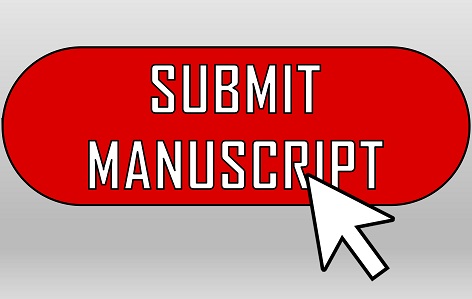
By Science Writer, Tyler Saumur
Over my years as a researcher and freelance editor, I have prepared countless manuscripts to meet journal submission guidelines. This article is the first of a series that will provide guidance on common aspects of submitting a manuscript that are often overlooked.
Selecting a journal
Many factors will affect your journal choice such as publishing fees, open access considerations, impact factor, the article’s “fit”, turnaround time and preprint policies. Open access has the benefit of increasing the visibility of your research, but the fees associated with it can be a barrier for some research trainees. While the journal’s impact factor and prestige are important to consider, finding a balance between a well-known journal and a journal with a good ‘fit’ will typically give your research its biggest impact. For the journal’s fit, check its scope and aims, and other articles published in it. Does your topic align with what is published in that journal? If you are unsure of the journal’s fit, you can always reach out to the editor to save yourself wait time if an editorial rejection is possible. While contacting the editor might be intimidating, I have done so when my research crosses multiple disciplines, which can make finding the target journal more difficult.
Regarding turnaround time, some journals have estimates available; however, you can typically expect 3–6 months for the reviewer’s decision. This is something you need to take into consideration for award competitions. For upcoming scholarship applications, I plan well in advance for when I will submit publications to improve my chances of having that manuscript accepted and a part of my CV. Preprints are an option for mobilizing your manuscript to the research community faster and can be added to your CV as a non-peer-reviewed alternative.
Formatting for the journal
While journals and publishers are becoming less strict with the formatting of initial submissions, the vast majority still require tedious formatting that varies slightly journal-to-journal. The “Guide for Authors” section on a journal’s website is where you commonly find these details.
Typically, what needs to be adjusted are:
- Line numbering and spacing
- Page numbering
- Section headings,
- Reference format
- Table/figure formatting
- Word count
- Language
- Blinding
- Extraneous details such as funding, title page, acknowledgements, author contributions, ethical considerations and conflicts of interest
Perhaps the most time-consuming of the formatting is adjusting word counts and changing references. You will often find word count limits of 3000 words on the lower end of the word count spectrum. If you think this will be unobtainable for the content of your manuscript, consider a different journal with a larger word limit. To avoid difficulties when changing reference formatting, always use a reference manager to minimize time spent on reformatting. There are many free, user-friendly options available with Microsoft Word plug-ins. Conversely, using LaTeX templates minimize formatting changes between resubmissions. Overleaf also offers templates and a collaborative environment for manuscript formatting.
Publishing your work goes beyond the manuscript itself. Consideration, planning and patience will ensure a smooth manuscript submission.




